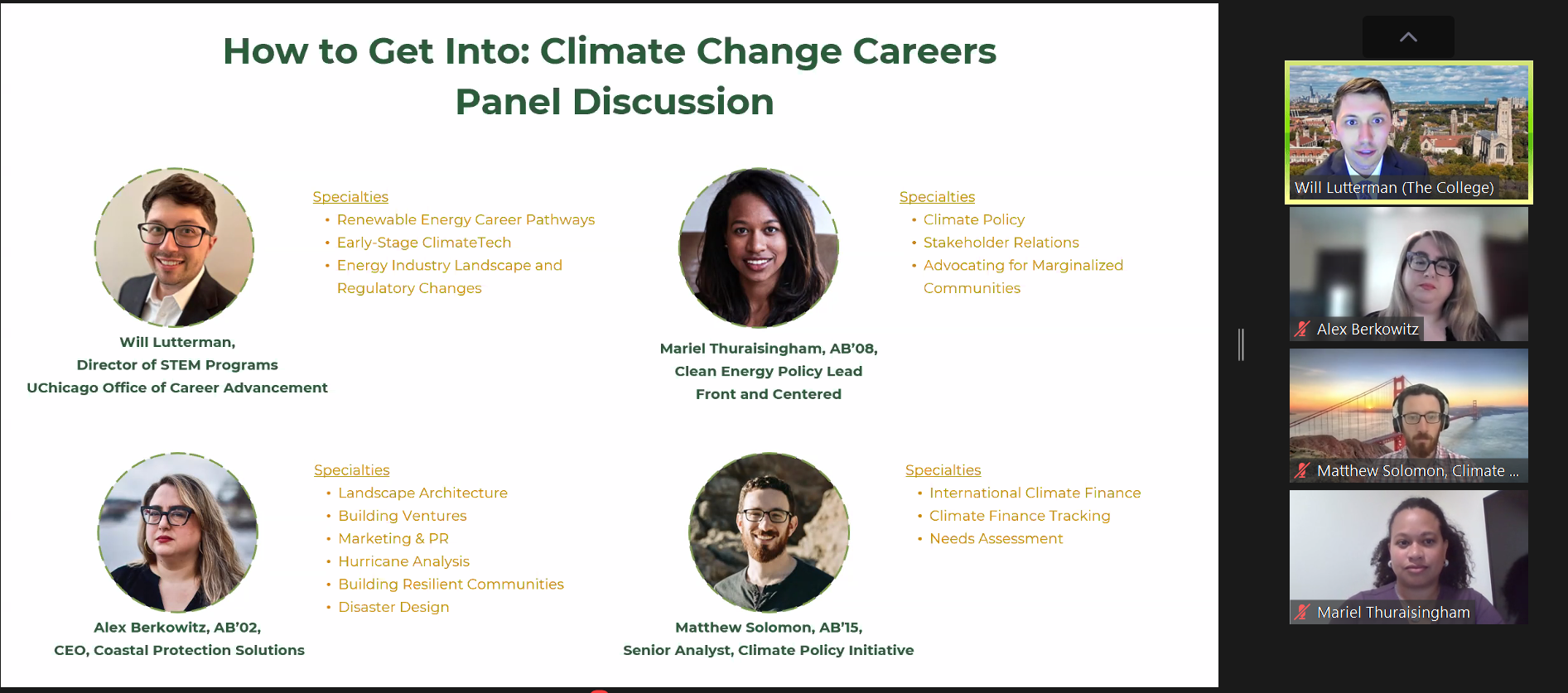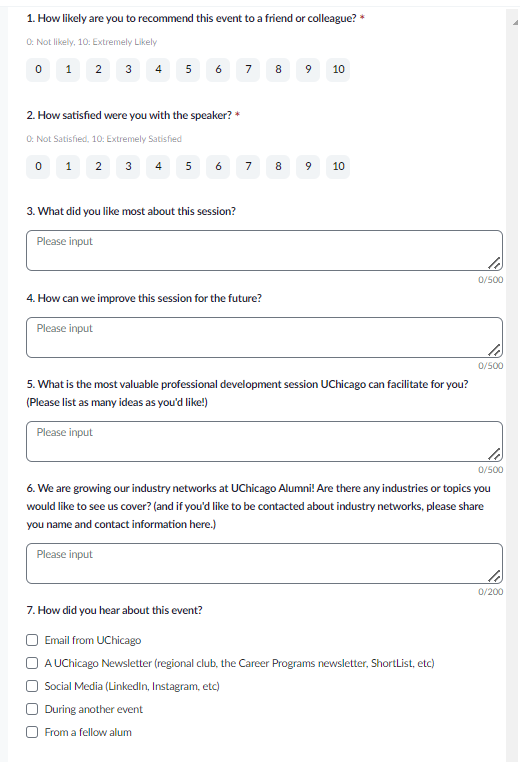Quick & Easy Guide for Planning a Successful Webinar Experience
Planning an engaging online experience might seem simple given our familiarity with online events, especially during and after the pandemic. However, whether you’re organizing your first virtual event or looking to enhance your online experiences, take a look at the following strategies I’ve adopted to help ensure success.
Defining a topic
Choosing a compelling topic is crucial for attracting attendees to your event. Your topic should resonate with your audience and align with your organization’s goals. During brainstorming, it’s important to have the voice of your audience represented in this phase. Their voice can be represented by inviting them to the ideating meeting or through compiled data collected via survey feedback, social media polls, and multiple discussions with key collaborators or stakeholders who are or have relationships with your target audience.
Once the topic is solidified, identify the learning objectives or key takeaways for your attendees, as well as actionable steps for them to follow during or after the event.
Determining the webinar format
There are several ways to structure a virtual learning experience. Options include:
Panel discussions with a skilled moderator and multiple panelists
Single or multiple presenters sharing information (i.e training, workshop)
Q&A sessions or interview-style conversations
The format of your webinar will mostly depend on your topic and the type of audience engagement you would like to foster.
Selecting speakers
Whether your event has one or multiple speakers, selecting the right person to deliver a topic is also very important. They should be knowledgeable, engaging, and well-prepared to maintain audience interest. A speaker who fails to captivate the audience can undermine your event. You can find speakers through colleague recommendations, online searches, and your network. You can also use these events as a cultivation opportunity by inviting key partners or individuals as speakers to foster meaningful relationships. If you or a team member will be speaking, ensure thorough preparation by rehearsing, creating a script, conducting prep-calls, and sending a run-through guide with questions to speakers in advance.
Determining a time
The timing of your event can significantly impact attendance. Choose the best day and time based on direct feedback (surveys, polls), trial and error, and past experiences. Generally, Tuesday to Thursday during lunch or evening hours works best.
Promoting the webinar
The possibilities for promoting your event are endless. Many organizers use eye-catching videos and images to inform attendees about the topic and what to expect. Canva is an excellent, user-friendly platform for creating professional, customizable flyers on a budget. Once you have crafted your imagery, it's time to share it with the world!
If you already have an established community, promote the webinar internally by sending information to your email and text lists, team members who regularly communicate with your audience, and through private virtual boards, forums, and social media groups. If you’re looking to grow your community while still engaging with key stakeholders, promote the event externally by sending materials to webinar speakers, directly inviting prospective attendees, and reaching out to current or potential partners who may want to attend or who have access to your target audience. Additionally, use social media for targeted paid ads, posting and tagging flyers, and sharing to other established community groups that align with your demographic. A well-executed marketing strategy, supported by a budget, can help you effectively reach and engage your target audience.
Some engaging promotional content ideas include: story-telling, video recaps of previous events, and preview of event learnings.
Consider the Attendee Experience
Always consider the attendee’s perspective. Aim to create a positive experience that encourages them to return or recommend your events to others. Important factors include but are not limited to:
Multiple reminder emails
Accurate log-in information
Warm welcomes and upbeat tone
Visually appealing slides
Engaging polls and chat questions
Sending materials in advance
Invitations to future events or ways to stay connected
Follow-up emails with resources and recordings
Good audio and stable internet connection
Brief breaks during long webinars
Productive conversations and practical takeaways
Evaluation
There’s no better way to assess whether or not your event was a success than by asking your attendees how it went! Immediately following the event, be sure to collect attendees feedback on the experience through a survey. You create a pop-up survey in your webinar platform or share a link (i.e. qualtrics survey or free online survey form builders ) via the chat and follow-up email. Once the feedback is collected, review the positive and negative comments and make improvements for the next webinar.
Thank your speakers and attendees!
Finally, show appreciation to your speakers with a nice email, gift or swag bag. Follow up with them the next day to let them know the actual number of attendees, highlights from the attendee feedback survey and where to access the recording. Additionally, thank your attendees for joining the webinar and share the recording and resources mentioned during the presentation.
By following these strategies, you can create a successful and engaging webinar that leaves a lasting positive impression on your attendees.
Need assistance with planning on your next virtual experience for your established stakeholder community? Let’s work together!




